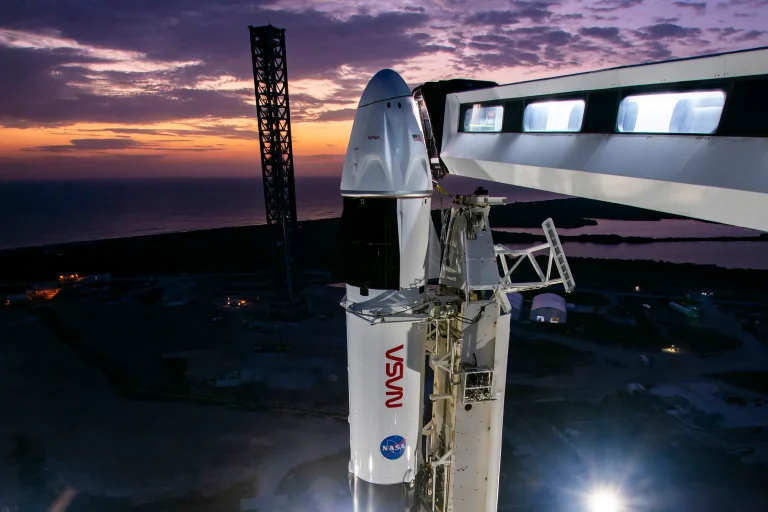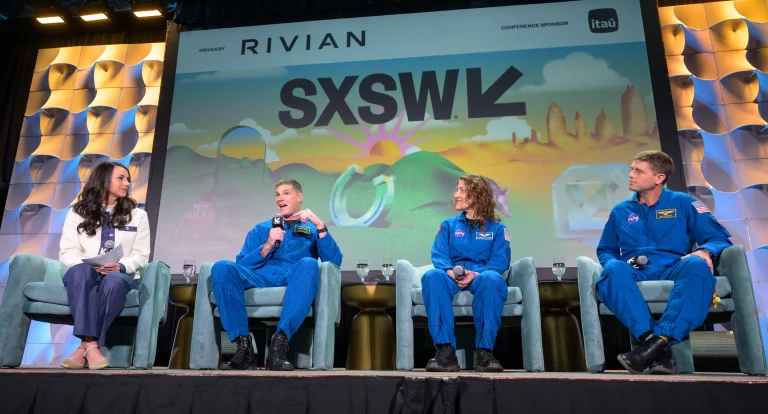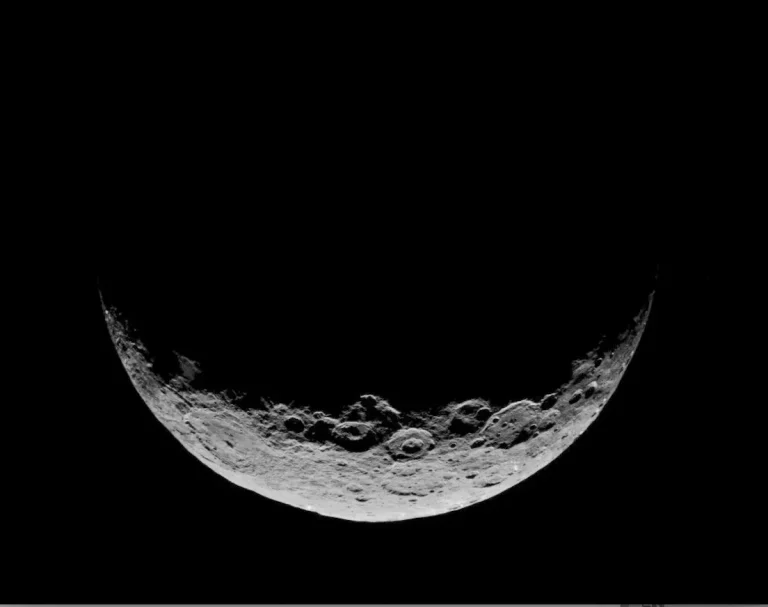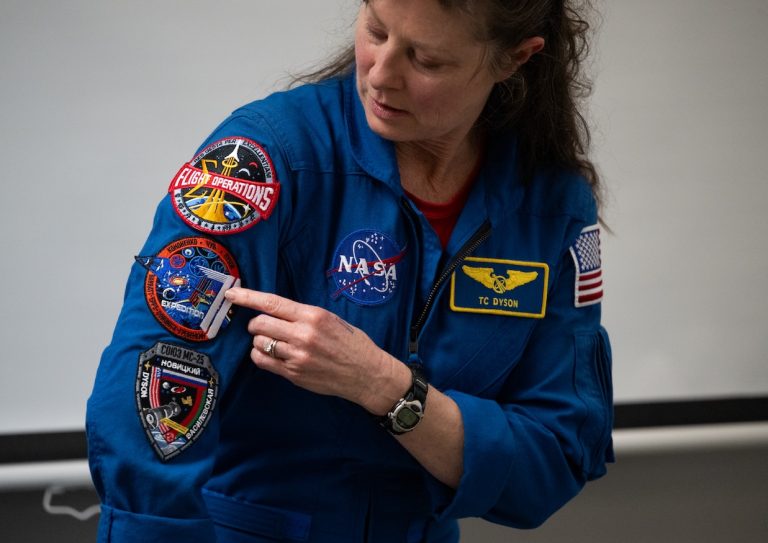In this photo, NASA’s Space Launch System (SLS), carrying the Orion spacecraft, lifts off the pad at Launch Complex 39B at the agency’s Kennedy Space Center in Florida at 1:47 a.m. EST on Nov. 16, 2022. Set on a path to the Moon, this officially began the Artemis I mission.
Over the course of 25.5 days, Orion performed two lunar flybys, coming within 80 miles (129 kilometers) of the lunar surface. At its farthest distance during the mission, Orion traveled nearly 270,000 miles (435,000 kilometers) from our home planet. On Dec. 11, 2022, NASA’s Orion spacecraft successfully completed a parachute-assisted splashdown in the Pacific Ocean at 12:40 p.m. EST as the final major milestone of the Artemis I mission.
Artemis I was the first in a series of increasingly complex missions that will enable human exploration at the Moon and future missions to Mars. Following the success of Artemis I, humans will fly around the Moon on Artemis II.
Image Credit: NASA/Kevin Davis and Chris Coleman
在这张照片中,NASA的太空发射系统(SLS)搭载着猎户座飞船,于美国东部时间2022年11月16日凌晨1点47分在佛罗里达州肯尼迪航天中心39B发射台升空。在通往月球的道路上,阿尔忒弥斯1号任务正式开始。
在25.5天的时间里,猎户座进行了两次月球飞掠,距离月球表面80英里(129公里)。在任务中最远的距离,猎户座距离我们的地球近27万英里(43.5万公里)。2022年12月11日,美国东部时间中午12点40分,NASA的猎户座飞船在太平洋成功完成了降落伞辅助溅落,这是阿尔忒弥斯一号任务的最后一个重要里程碑。
阿尔忒弥斯1号任务是一系列日益复杂的任务中的第一个,这些任务将使人类探索月球和未来的火星任务成为可能。在阿尔忒弥斯1号任务成功之后,人类将乘坐阿尔忒弥斯2号环绕月球飞行。
影像来源:NASA/Kevin Davis and Chris Coleman







